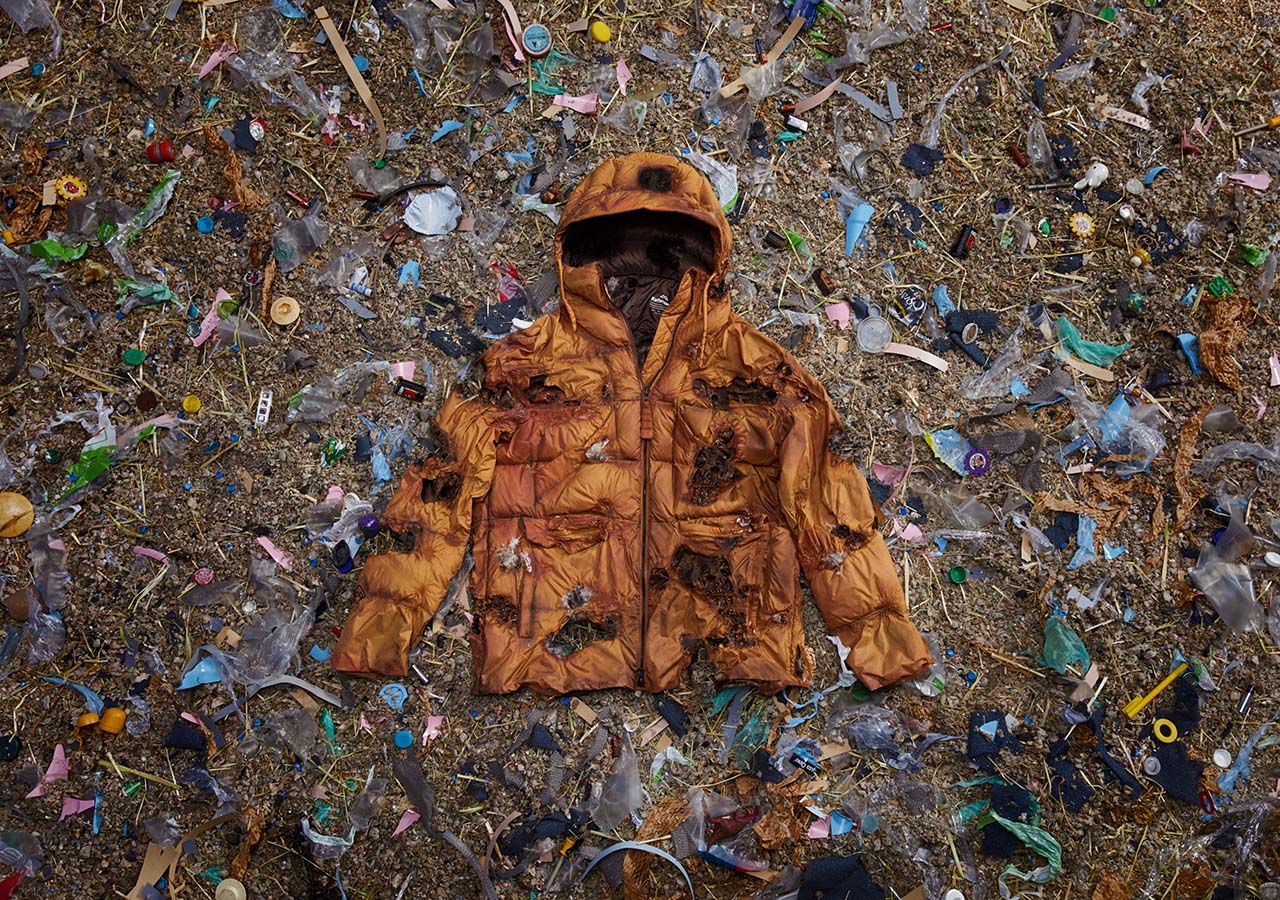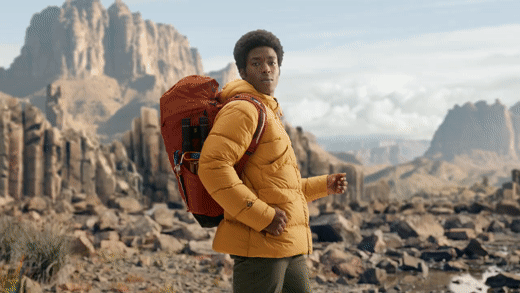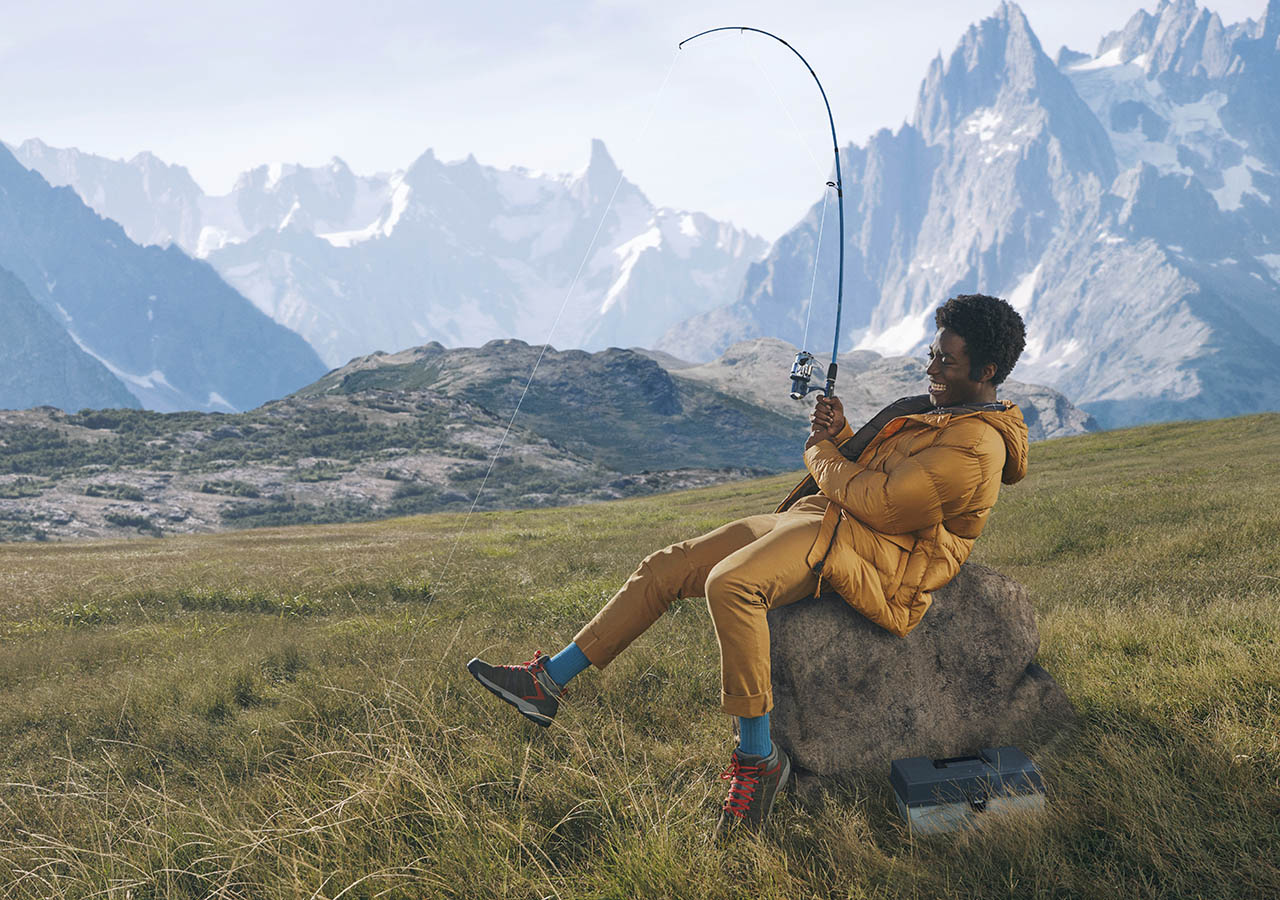Everything
Ask Eva Barrett, CCO for outdoor brand Kathmandu, what is the one thing that fashion brands need to evolve into genuine sustainable companies and her answer is straight forward and simple: a scientist.
“One hundred per cent. Definitely.” Nursing a coffee and wearing the brand new BioDown jacket – the latest innovation to come from the brand, a down-filled jacket made from 100 per cent biodegradable materials that break down faster, and more completely – Barrett explains that science, and scientists, are an invaluable resource for brands if they want to move into more ethical product and development.
“I think not only are consumers demanding that brands have a more transparent supply chain, but they’re doing more around sustainability, but also investors are as well now. So I think that more and more brands will look for how do we employ scientists that can be part of the process to help us move towards a net zero.”

It’s an innovative approach to creating clothing that the Certified B Corp company is proud to boast they already do – the result being their latest release, a light-as-a-feather jacket that breaks down in landfill five times faster than other biodegradable products leaving zero trace of its presence on the planet. Made from super durable nylon-66 and lined with Responsible Down Standard(RDS) 600 fill power duck down with TrackMyDown traceability (making sure that the collection of animal product is cruelty-free every step of the way), the BioDown is a leap forward for the New Zealand-founded company.
“Our design and product team have been working on this for the last couple of years,” says Barrett. “It’s actually one of our suppliers who they’ve worked with for years, really looking at how they can drive further innovation around the sustainability space. We know that most items take 100 years to biodegrade. Whereas the BioDown can biodegrade in three to five years once it’s in landfill. So it wasn’t designed specifically for that purpose, it was designed so that it’s durable, it’s comfortable, you can hand it down for generations.”

To touch, the BioDown jacket feels almost fragile in its softness and near-weightlessness. But according to Robert Fry, Kathmandu’s general manager of product, the garment has all the robust qualities of their more familiar jackets. In some ways even tougher. “Fundamentally, nylon, and specifically the nylon-66 that this product is made from, is among the most durable materials that any garment can be made from.
“It is so strong, we were able to craft an extremely light and supple fabric out of it, so that there would be absolutely no compromise in comfort while attaining extremely high durability. In short, the material will last a very long time with regular use, and due to the lightweight and comfort factor, will be an eminently versatile part of the customer’s life.”
Fashion’s waste issue has is one of the worst kept secrets of the industry. In Australia alone, clothing contributes to approximately 800,000 tonnes of textiles waste to landfills each year. According to Fry and Barrett, the BioDown – and BioFleece, which was released late last year and made from 100 per cent recycled materials and also designed to break down faster than average waste – is simply the first step in addressing this issue. Already, they say, Kathmandu has an expanded range of product in development that will have the same biodegradable qualities as their BioDown jacket. Eventually, it will also become a closed circle with consumers able to bring their garments back to Kathmandu to be upcycled and avoid landfill altogether.

“We’re about to start partnering with The Renewal Workshop,” says Barrett. “We’ll start with a pilot to start with, but that’s exactly what that is about as well. So how do we close that loop further and that’s the next stage for us, which is really exciting. Because that’s how we’ll get to a true circular position.”
Does Barrett find it strange that, rather than the mega luxury brands with billions in the bank leading the way it’s the brands that are designed for the outdoors that have become the true visionaries for sustainable futures? No, she says, because clothing has become a hybrid world experience. “All the lines have blurred now.
“So where it used to be straight fashion, luxury, outdoor, all those lines are blurred and you see that more and more with collabs and you see luxury actually looking at the outdoors. And if you take the last couple of years also with COVID where we’ve all realised ‘wow being outside is just so good for your mental health and I’ve been working way too much in an office’. I’ve really noticed in the last couple of years, a lot of luxury brands are doing their shoots outside. I mean, Burberry just did a great campaign as well, where they were flying through the air in the outdoors. I think we’ll see more and more of those lines blurring and definitely other categories taking inspiration from outdoor brands too.”